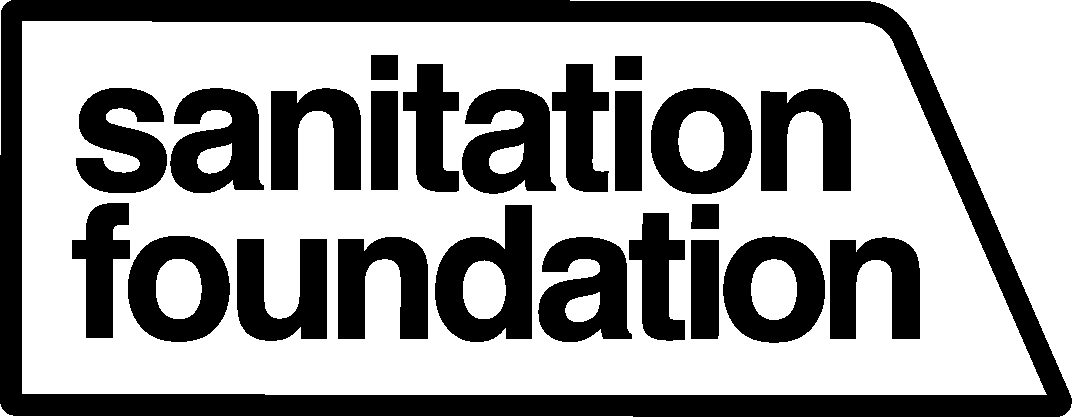NYC Sanitation Uniforms
November 4 | By: Trey Bedingfield
Wearing a uniform serves many purposes: it signifies roles and responsibilities, provides insight into the hierarchy of the organization, and highlights and celebrates the history and lineage of the workforce.
When Colonel George Waring was appointed to be the Commissioner of the Department of Street Cleaning (DSC) in 1895, he molded the department into a quasi-military style structure that DSNY still uses today. This drastically altered the department's approach to its work, enabling it to effectively tackle the city’s sanitation crisis and pervasive corruption that had been preventing the City from solving it. Part of Waring’s restructuring process included enforcing a strict dress code that required sanitation workers to wear all-white uniforms, which coined the nickname the “White Wings.” While not a practical color for refuse collection, he wanted the public to visually associate street cleaners with public health professionals.
Although Waring’s tenure with the department was only three years, the all-white uniforms endured for several decades. The color evolved several times in the 20th century: shifting to green in the 1930s, khaki in the 1970s, spruce in the 2000s, and forest green today. Here is a look at some of the current uniforms of DSNY.
Sanitation Workers
Sanitation Workers represent the largest group of DSNY’s workforce. Their responsibilities center around collecting refuse and recyclables and snow removal, but they can also work in administrative capacities or be promoted to managerial roles. Because of this, the type of uniform that a sanitation worker wears will depend on the job at hand.
Formal uniforms, consisting of a button down and matching pants, are worn when working in clerical roles, or for formal events. When assigned to refuse collection or snow removal, a sanitation worker will typically wear a forest green DSNY-branded t-shirt or long sleeve shirt (depending on the weather). However, given the dangers that sanitation workers face from oncoming vehicles, safety vests or shirts that command high visibility are worn as the outermost layer. In addition, pants and gloves prevent workers from coming into contact with chemicals and sharp objects in garbage bags.
The Chiefs
It’s imperative that the agency adheres to a strict chain of command in order to carry out the arduous task of keeping NYC clean. At the top of the rank-file-order, chiefs, dressed in their spiffy “Class A” suits, are tasked with overseeing the departments within the agency. A way to visually determine their rank is by the number of stars pinned to their lapel. The titles, which correlate to the number of stars, include:
One-Star: Deputy Chief
Two-Star: Assistant Chief
Three-Star: Chief
Four-Star: Director
Solid Waste Management
If you come across DSNY personnel wearing tan colored uniforms, they belong to the Solid Waste Management division, which oversees the export of waste and the facilities that transport refuse out of the city.
Enforcement
There are actually three different units in the agency that are tasked with regulating and enforcing sanitation laws: the Enforcement Division, the Permit and Inspection Unit, and the Environmental Police Unit. Sanitation workers and officers who serve in these specialized roles wear uniforms almost identical to NYPD, with the exception of the badge and patch, which states the department and unit.
The Ceremonial Unit
Marching in parades and performing at local sporting events, The Ceremonial Unit is a fraternal organization that represents the agency at formal functions. This also includes retirement ceremonies, or sadly, at sanitation worker funerals. All members are generally classified as Color Guards and wear the same uniform: a forest green military-style suit with an orange side stripe on the pants. Members come from various departments within DSNY, however, in order to be accepted, one must display a near perfect record of conduct.
Pipe and Drum Band
The Pipe and Drum Band’s uniforms are the most embellished of any within the agency. The kilts and bagpipes are a nod to the agency’s lineage of Irish sanitation workers. Historically, uniformed public service jobs, like police, fire, and sanitation were dominated by Irish and Italian immigrants. This led to the creation of fraternal organizations, such as the Emerald Society, that focus on celebrating and preserving their Irish culture, music and traditions.














